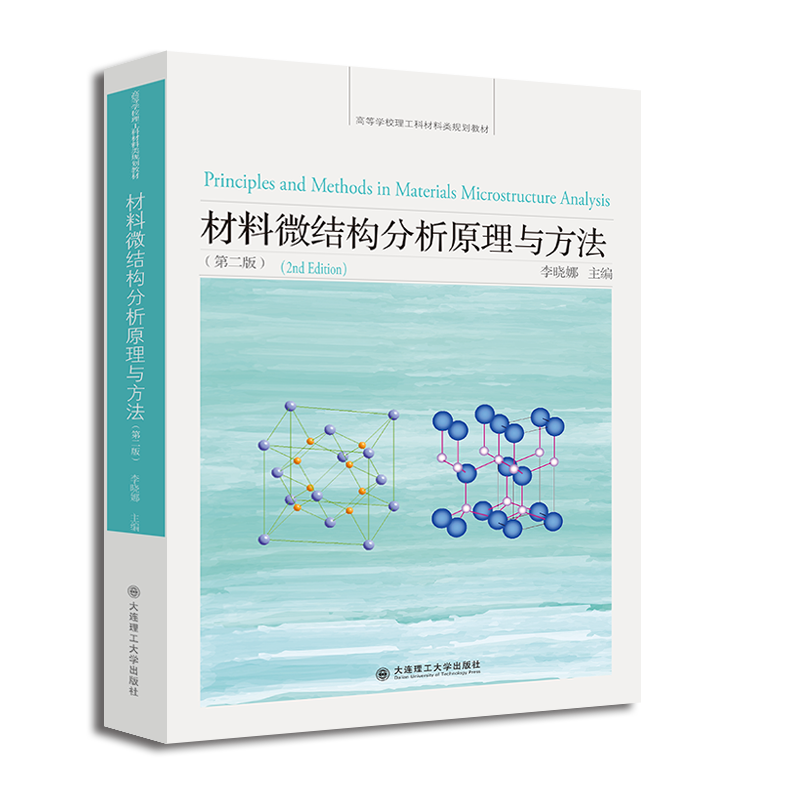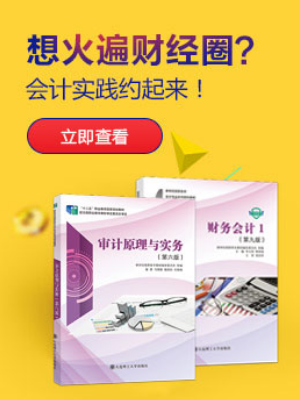 0
样
0
样书
清
单
编辑推荐
This book is concerned with the Fluid Mechanics and Hydraulic experiments(实验) that future engineers should master. For the mechanical engineering related majors, it is crucial that the Fluid Mechanics fundamentals and its applications in the field of Hydraulic in various forms be thoroughly understood.
Fluid Mechanics is defined as the science that deals with the behavior of fluid at rest (fluid statics) or in motion (fluid dynamics), and the interaction of fluids with solids or other fluids at the boundaries. Fluid Mechanics is also referred to as fluid dynamics by considering fluids at rest as a special case of motion with zero velocity. Also, fluid mechanics itself is divided into several categories. The study of the motion of fluids that can be approximated as incompressible (such as liquids, especially water, and gases at low speeds) is usually referred to as hydrodynamics. A subcategory of hydrodynamics is hydraulics, which deals with liquid flows in pipes and open channels. Of course it also has categories of Gas dynamics and aerodynamics.
Contents. 1
Preface. 7
FLUID POWER LABORATORY POLICES. 9
Lab 1 Reynolds experiment 2
Objectives. 2
Equipment preparation. 2
Principle. 2
Equipment description. 5
Part 1. 6
Part 2. 7
Lab1 Report——Reynolds experiment 8
Results and calculations. 8
Calculate for each setting. 8
Lab 2 Bernoulli’s experiment 9
Objectives. 9
Equipment preparation. 9
Discussion. 9
Procedure. 11
Lab 2 Report——Bernoulli’s experiment 14
Lab 3 Fluid friction. 15
Objectives. 15
Equipment preparation and installation. 15
Part 1: Fluid friction in a smooth bore pipe. 17
Part 2: Head loss due to pipe fittings. 20
Part 3: Fluid friction in a roughened pipe. 22
Part 4: Fluid friction in an orifice plate or Venturi 23
Lab 3 Report——Fluid friction. 26
Part 1 Fluid friction in a smooth bore pipe results and analysis. 26
Part 2 Head loss due to pipe fillings results and analysis. 27
Part 3 Fluid friction in a roughened pipe results and analysis. 30
Part 4 Fluid friction in an orifice plate or Venturi results and analysis. 31
Lab 4 Fluid power components and circuits. 34
Objectives. 34
Equipment preparation. 34
Software introduction. 36
Procedure. 37
Part 1: Recognize the components on the workstation. 37
Part 2: Familiar with the symbol of the components. 37
Part 3: Recognize the circuits. 38
Lab 4 Report——Fluid power components and circuits. 40
Lab 5 Pump disassembly and performance. 44
Objectives. 44
Equipment preparation. 44
Discussion. 44
Part 1 Pump disassembly. 44
Procedure. 45
Part 2 Pump performance. 47
Discussion. 47
Procedure. 50
Lab 5 Report——Pump disassembly and performance. 59
Part 1 Pump disassembly and performance. 59
Part 2 Data analysis and problems. 62
Lab 6 Cylinder circuit operation. 66
Objectives. 66
Equipment preparation. 66
Discussion. 66
Part 1: Normal cylinder operation. 67
Procedure— Normal cylinder operation. 69
Part 2: Regenerative cylinder operation. 70
Procedure—Regenerative cylinder operation. 74
Lab 6 Report cylinder circuit operation. 75
Lab 7 Hydraulic motor. 78
Objectives. 78
Equipment preparation. 78
Discussion. 78
Procedure. 80
Lab 7 Report——Hydraulic motor. 83
Lab 8 Valve disassembly. 86
Objectives. 86
Discussion. 86
Lab 8 Report——Valve disassembly. 87
Procedure / Questions. 87
Part 1 Directional control valves. 87
Part 2 Relief valves. 90
Lab 9 Analysis of flow control valves. 93
Objectives. 93
Equipment preparation. 93
Discussion. 93
Part 1 Throttle valve. 94
Procedure 1 Building up a hydraulic circuit in the software of AS. 94
Procedure 2 Start simulation and measure the characteristic curve of the throttle valve. 96
Procedure 3 Throttle valve lab procedure on DS4 platform.. 98
Part 2 Speed-regulating valve. 99
Procedure 1 Building up a hydraulic circuit in the software of AS. 99
Procedure 2 Start simulation about speed regulating valve. 100
Procedure 3 Speed regulating Valve Lab Procedure on DS4 platform.. 102
Lab 9 Report——Analysis of flow control valves. 103
Lab 10 Familiar with circuits. 107
Objectives. 107
Lab10 Report——Familiar with circuits. 108
Lab 11 Proportional control system.. 110
Objectives. 110
Equipment preparation. 110
Discussion. 110
Part 1 Working principle of proportional hydraulic valve. 110
Part 2 Characteristic curve of the proportional directional valve. 115
Part 3 Introduction about PID control and simulation. 117
Procedure 1. Build a close loop hydraulic system. 118
Procedure 2. Change the PID coefficient 120
Procedure 3. Build a close loop system on the DS4 platform.. 123
Lab 11 Report——Proportional control system.. 128
Lab 12 Hydraulic throttle control experiment for engineering machinery. 130
Objectives. 130
Equipment preparation. 130
Principle. 131
Preparation. 138
Procedure. 142
Lab 12 Report——Hydraulic throttle control experiment for engineering machinery. 144
Lab 13 Hydraulic LS control experiment for engineering machinery. 145
Objectives. 145
Equipment preparation. 145
Principle. 145
Preparation. 156
Procedure. 160
Lab 13 Report——Hydraulic load sensing control experiment for engineering machinery. 162
Lab 14 Hydraulic load independent flow distribution① control experiment for engineering machinery. 164
Objectives. 164
Equipment preparation. 164
Principle. 164
Preparation. 175
Procedure. 178
Lab 14 Report——Hydraulic Load Independent Flow Distribution control experiment for engineering machinery 180


 人工客服
人工客服




